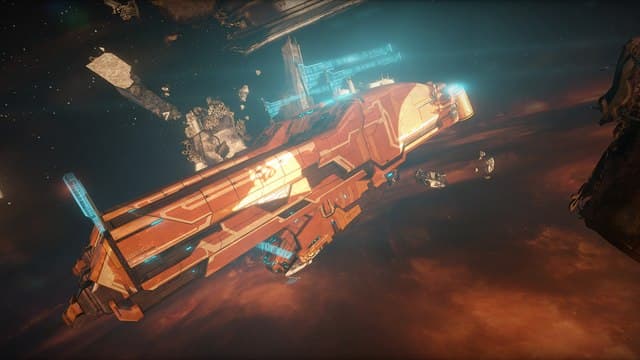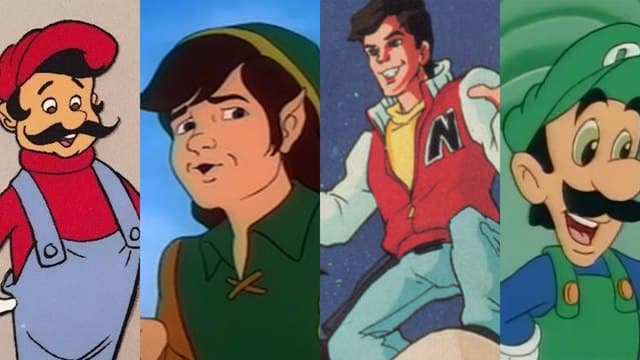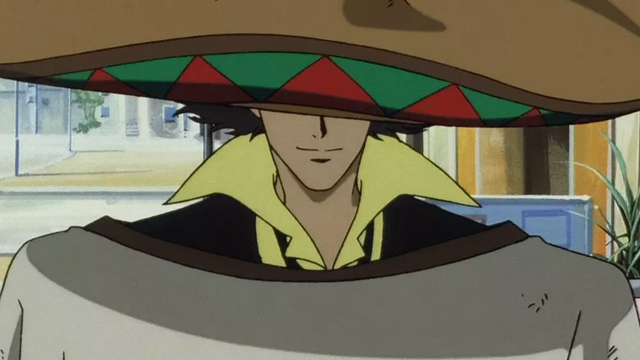Were you around for the release of the PlayStation 2? Were you televisually bombarded by all its weird commercials promising a new, immersive future for gamers everywhere? What about back even further? Do you remember the launch of the SEGA Dreamcast and its cult classic games like Jet Set Radio and Space Channel 5? If you answered yes to any of these questions then you were there for the boom of the short-lived “Y2K” aesthetic.
For those not in the know, Y2K roughly refers to the years 1997-2003 even though the name directly translates to “The Year 2000.” This era marked many beginnings, but the one we’re going to focus on was a new beginning for media itself.
You see, the early 2000s brought about a new aesthetic when it came to not just video games, but everything around them. This aesthetic brought together fashion and what was perceived as futuristic technology at the time with a lot of influence from Black and Asian culture. If you still have no clue what this looks like, just imagine a few seconds of TLC’s “No Scrubs” music video and become enlightened.
This aesthetic defined the era. It wasn’t only the look of mainstream media like commercials, movies, and music videos, but was present in the world of video games as well. The Y2K style made its presence known during what is often called the sixth generation of gaming, which is why so many point to games of this era when thinking of the technologically stylish future design so prevalent in the era. Ace Combat 3’s UI, the soundtrack and intro to Ridge Racer Type 4, the jank-but-innovative charm of Sonic Adventure, and the overall look of Space Channel 5 are just a few examples so many immediately jump to. Many graphic design artists like Rasheed, better known on Twitter as @MiseryElliot, believe that games of this era helped make this aesthetic as loved as it is today.
“I think that was the last era of gaming that really played around with the Y2K aesthetic through things like the PS2, Dreamcast, and Xbox, all having transparent plastic colorways.” Rasheed said. “The Dreamcast in particular was very keen on introducing a bunch of different technologies such as the VMU, a little Tamagotchi-like toy you could carry with you that doubled as a memory card.”
You May Also Like:
- Monster Hunter Rise Breaks With Tradition to Tell a More Intimate Story
- From X-Men to Iron Man: The Strange Tale of Genepool Software
- Rating No Man’s Sky Companions By How Much I Want to Pet Them
However, one game seen as the epitome of this aesthetic is Jet Set Radio: a cult classic that still lives in the hearts of many to this day thanks to its soundtrack, visuals, character and world design, and overall complete feel which is clearly drenched in the sweat of Y2K. Jet Set Radio’s diverse roster of characters alongside a Japanese punk and Black hip hop infused world not only reflected the era around it, but also inspired a future generation of graphic designers and creators. This has led to games clearly inspired by Jet Set and its aesthetic. Games like Lethal League, Splatoon, and the upcoming spiritual successor to the series itself, Bomb Rush Cyberfunk, clearly wouldn’t exist without it. That last game so clearly mirrors the look and sound of its predecessor that you’d believe no time at all had passed since the last Jet Set game.
This can be seen as part of a recent resurgence of the Y2K aesthetic that started blowing past niche nostalgia around 2015. It’s gotten bigger as of 2020. The fashion statements, graphic design, and music of the early 2000s have obviously returned — and love from both new and old generations makes it feel as if they never truly left. But why do the dated graphics of this era bring back so much positive energy?
One could say it’s simple nostalgia, not unlike that of the love for the 80s the world has been stuck in for the last decade or three. I see something more. The media market of the 80s was vastly different from that of the year 2000; the generation that grew from it reflects that cultural gap. Many see the 80s as “The Golden Age of Capitalism,” dressed in all its neon glory and new, yet immensely dated “innovation.” If this is the case then one can easily look at the early 2000s as the birth of, if not an altogether perfect world, at least a more diverse-looking capitalism. It was the first time that the culture of minorities was seen on such a wide scale through culturally appropriated commercialism. Though appropriation without any kind of giving back is never a good thing (and has evolved into an even worse thing), it resulted in a rose-tinted reflection of the era and everything that came with it.
This is what many have come to categorize as “seamless diversity,” which is exactly what it sounds like. The diversity of this era wasn’t really pushed as we might see it now, but was simply thrown alongside the rest of media at large. It just happened to be what was popular at the time — in an era where technology, very briefly, outpaced the ability of capitalism to control the messages it broadcast. It was lightning in a bottle. It’s looked at now as the time America wanted additional culture in the way it purports to — pushing aesthetics from those who were starting to become the trendsetters and stars of the world. Stars like the R&B group Destiny’s Child, which elevated Beyoncé, and the now media juggernaut Björk. Funnily enough, this has changed from the norm to a serious problem. As has the next piece of the Y2K nostalgia.
Despite this “diversity,” many like Rasheed still see the era as yet another push into the white male power fantasy
Rasheed states, “Even though aesthetically it used a lot of bloblike shapes, things that were less defined, and things that were a lot more transparent presenting a lot more of a fluid aesthetic feel, the fluidity didn’t penetrate who played the major roles of the time besides what could be marketed. Examples being Neo from The Matrix, Tom Cruise in Mission Impossible, and even Spy Kids, a big Y2K pioneer, being portrayed by mainly white people.” This shows that despite a few outliers the era still suffered the same mistakes we see now, with the playing field only recently evening out via social media.

Another aspect of the era was optimism towards a technological future before the reality of our technological present became apparent. Rarely was any widespread critique on the potential consequences of rapid tech innovation that was occurring, with no one talking about anything but the “good” and the “epic” that would come from putting a portable computer in everyone’s hands. Anyone that has seen the classic Xbox online promos knows exactly what I’m talking about — especially when many online gaming voice chats have devolved into racial and homophobic slurs. In other words “No think, only progression.”
This was achieved partly through the look of tech and ads during the era. Rasheed explained that things like transparent tech, round looks, and very expressive typography made technology and the future feel a lot more organic. The wires inside your transparent Game Boy Advance were like the veins and organs of a living organism.
The positive aspects of this era have basically come together to create a subliminal lasting effect on those who grew up on it. It’s like how a simple neon light can flash an 80s kid back to the freedom they had during a much different childhood. However, whereas they look back and relive the world of childhood paradise through the glass of an arcade cabinet, the children of Y2K look back and see nothing but positivity. Potential. A future full of many bright colors, weird textures, bad CG, amazing technology, and so many different faces. In some ways this half-remembered vision of the future has become a reality. But much like the ads of the age, it wants everyone turning a blind eye to the negatives that came with such a seemingly bright future.
“I would argue that while nostalgia is a contributing factor to every aesthetic revival, Y2K is different in that it’s also people longing for a better future.” Rasheed adds. “I think the future of today is looking more like the future that Blade Runner and Akira predicted years. People long for a future where technology isn’t used to further suppress us but to benefit our lives and to allow us the freedom to express ourselves how we see fit.”
The harsh reality of innovation is that it could always lead us too far into the sun, but that hasn’t stopped that rose-tinted connection to the optimistic overtones of Y2K from leaving a positive link between us and the aesthetic that the era presented to a generation.


